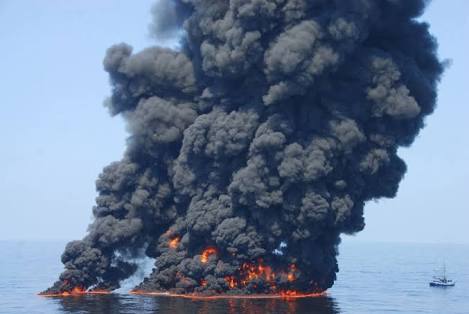Nigeria leads Africa in the total annual number of premature pollution-linked deaths, the 2019 Global Pollution and Health Metrics published earlier in December showed.
The West African country is ranked third in the world behind leader India and China. Nigeria also leads Africa in air pollution-related deaths during the same period but ranked 12th in Africa in terms of combined pollution risk factors.
The report published by Global Alliance on Health and Pollution (GAHP) measured the global impacts of pollution in air, water and workplace.
A total of 279,318 died in Nigeria in 2017, last year the data published covered: 114,115 died as a result of air pollution while water pollution killed 159,777. Occupational pollution and lead poison were responsible for 2,088 and 3,338 deaths respectively.
India and China, with populations in billions, recorded 2.3 million and 1.8 million deaths respectively.
“The report reminds us all that pollution is a global crisis. It does not matter where you live. Pollution will find you,” says Rachael Kupka, acting Executive Director of GAHP.
Although the report did not specifically mention the regions in Nigeria with the highest death rates, the country has been battling gas flaring in its oil-rich south-south region, where oil exploration has continued to be a tragic blend of blessings and curses.
Also Read: Court Reverses Disqualification Of Bayelsa Deputy Governor-Elect
Oil spillages have destroyed farmlands, contaminated water bodies and limited access to potable water.
And despite Nigerian government promises on many occasions to fight gas flaring in the region and setting multiple deadlines for its stoppage, gas flaring continues to torment the region.
Data published by London-based nonprofit On Our Radar in 2018 showed an uptick in gas flaring, Guardian reports.
“The satellite data appears to show a marked increase in radiant heat emitted by gas flares in Nigeria starting late 2017,” Hodgson said.
In the country’s northern region, especially in Zamfara State, lead poisoning is responsible for hundreds of deaths.
A team of United States Center for Disease Control and Prevention said in a 2016 report that it found unsafe levels of lead inside most of the homes it visited in Zamfara.
“Water from the community wells also had high levels of lead. Children in both villages had dangerous levels of lead in their blood,” it said.
“In order to tackle pollution, we must prioritize it as an issue that affects us all, integrating it into health planning, and increasing funding to allow more research into pollution, such as monitoring pollution and its effects, and developing ways to control pollution,” says Richard Fuller, Chair of the GAHP Board of Directors.




